10 Reasons to Add Translation to Your Digital Marketing Strategy

When you first try to connect your business with the online world, you will likely come across various digital methods crucial to building your online presence. You may notice everyone jumping on the SEO bandwagon, creating content plans, and implementing social media marketing strategies. However, a strategy that can help extend the niche of a target audience and is primarily unexplored involves adding translations to the digital marketing mix.
Imagine if you were suddenly unable to read most of your preferred websites and applications. Would you continue to spend the same amount of time on those websites and applications at a similar frequency? This happens to many people who speak a specific language other than English when they search for a topic or product of their interest on the web. They get access to a relatively smaller number of websites and options related to their interests. As a result, websites in that niche lose a large base of potential customers due to the language barrier.
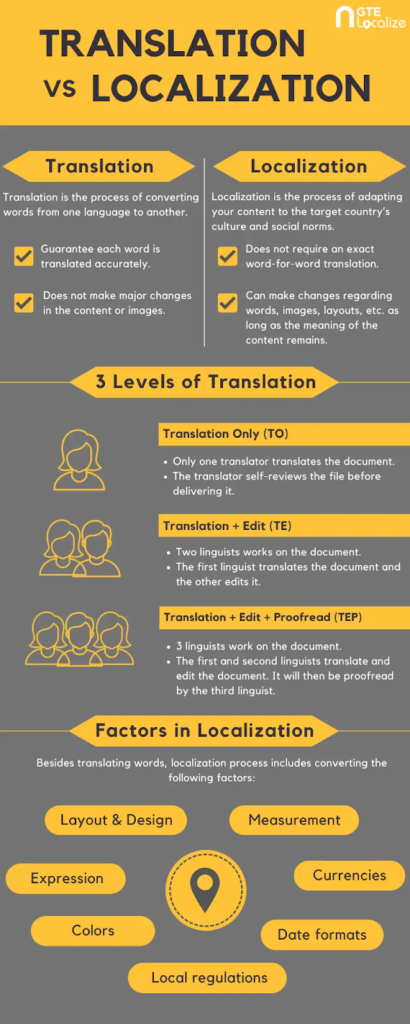
The translation of words is just an exchange of a word for its counterpart in another language. But, it’s much more than that when given a closer look. We already have plug-ins in place for mere robotic translations that work just fine. Nonetheless, in real-time situations, these translations are still severely lacking. All they can provide is a literal and exact translation making it impossible for a person to connect with the original text and the emotion behind it.
This is where a localized version of translation comes in. To drive your website to its highest potential, focus on adding translation that is localized translation, which helps translate the same content while keeping the cultural context in mind.
This article will look at how offering and generating content in various languages can help you reach a far bigger audience.
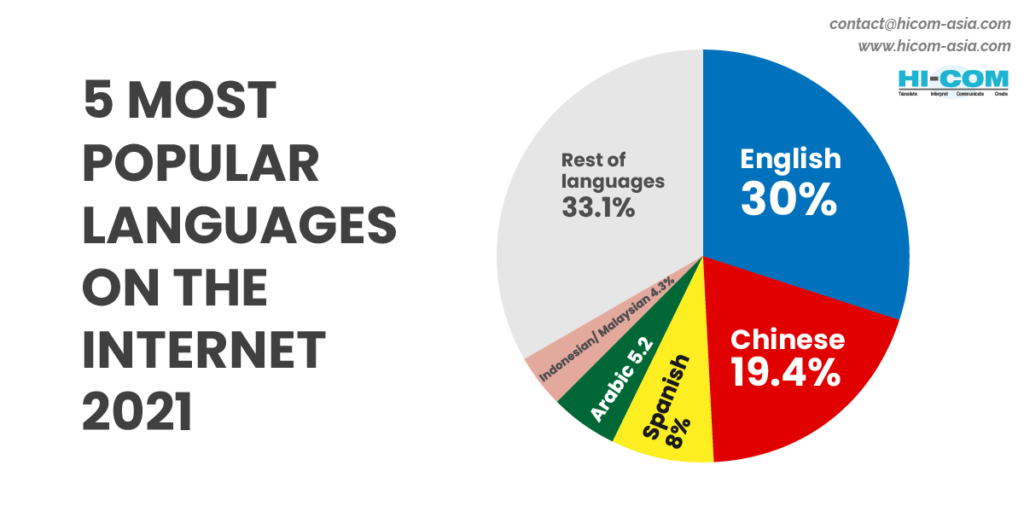
10 Reasons to Add Translation to Your Digital Marketing Strategy
- Increase in qualified leads
When you make your content multilingual, you open yourself up to untapped potential leads of all types. This increases your chances of finding quality leads requiring your services/products. Now is the time for an interconnected world.
People order and look for products and services from businesses worldwide. The way to bridge the gap between all the potential long-term customers is by providing the content in a way that they understand and connect to on a deeper level.
- Positive CX experience
From a survey done by Glyndwr University, Wrexham, UK, and the University of Hail, KSA, the percentage of people that found the translated and localized version of the websites to provide higher graphics clarity and attractiveness was 86.5%.
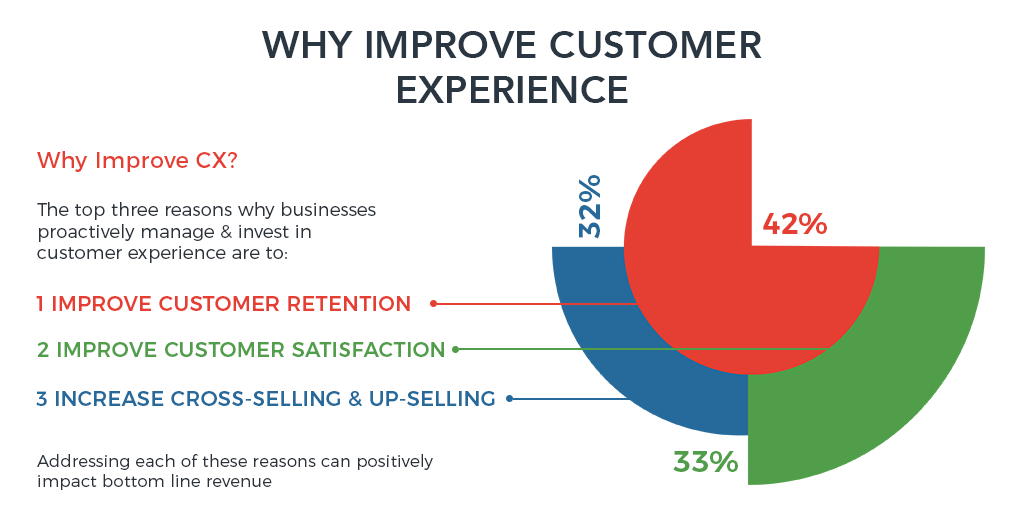
This further proves that enabling your content for more than one language can provide your customers with a positive overall experience engaging in your services. By adding the translation to your content, you open yourself up to an enhanced level of engagement with customers from anywhere in the world.
- Unprecedented growth opportunities
It is pretty complex to translate your content when trying to blend it in with different cultures and contexts. There are a lot of words that don’t have a direct translation. Many translated words have several meanings, and their interpretation requires a broader context.
Despite the linguistic content, good translations require an interchange of ideas and information. One must make sure to translate the whole context of the speech. Yes, this could cost quite a bit initially, but if done right, it could also reap heavy benefits in the longer run.
With multilingual content, you also open the doors for other businesses or interested personnel to easily connect with you for future affiliations. It will help you increase the efficiency of both B2C and B2B channels.
This can indeed be fruitful for many unprecedented growth opportunities for all parties involved. You can reach over borders without really much cost on your side. By making your content accessible in other languages to people of different cultures, you have most of your marketing to broaden your reach.
- Increased interconnections
When you add translation to your content in a new language, you also adjust it to the cultural preferences of your customers. This allows you to engage with your clients on a deeper level, increasing their trust in your offerings and their likelihood of choosing your firm when making a purchasing decision.
This gives you an edge over your competitors. Your customer will feel highly connected to your content regardless of their language.
- Become acclaimed and build goodwill.
It is essential to address users’ language preferences in digital communications. Including translations using a machine or automatic translations as a sole solution is strongly discouraged when trying to make your content credible in other languages.
Simply providing a basic translation will not do justice to content with specific wordplay or emotions. It is important to double-check your content when you’re localizing it for your users in different languages. It will eliminate the chance of displaying ill-meaning or unnecessary translations.
- Triggers your customers
Every piece is written to evoke a specific emotion in the reader. When simply translated, all wordplay or words become robotic-toned sentences, with a greater danger of missing the deeper meaning.
It is critical to elicit the same emotion in a customer reading your material in a translated form. Many times, words have meanings that are entirely contradictory to the meaning intended by the content. As a result, even fundamental translations must be revised to avoid such occurrences.
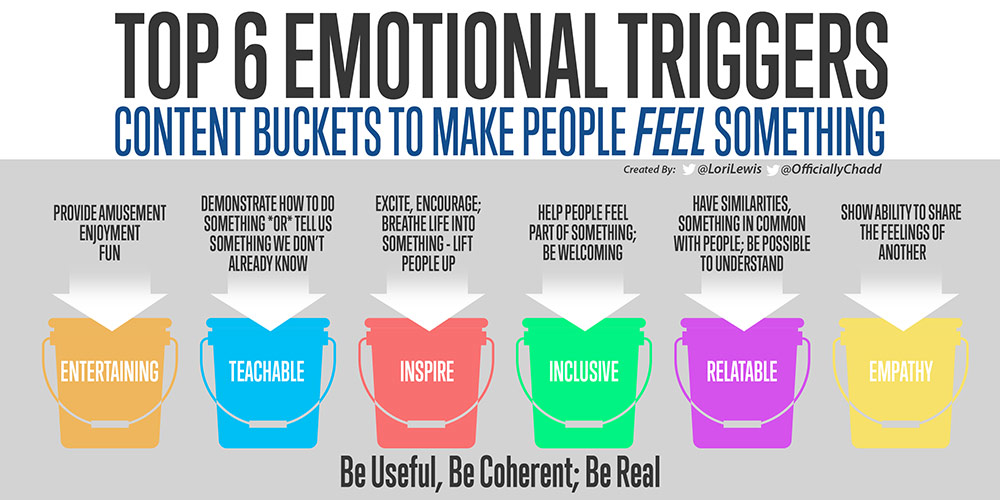
- Higher engagement
Before publishing the translated version on the website, the company should have it reviewed by a qualified language professional to ensure that it accurately conveys the information while remaining culturally appropriate. A website should offer visitors a holistic experience, including content, navigation, operations, and features in several languages.
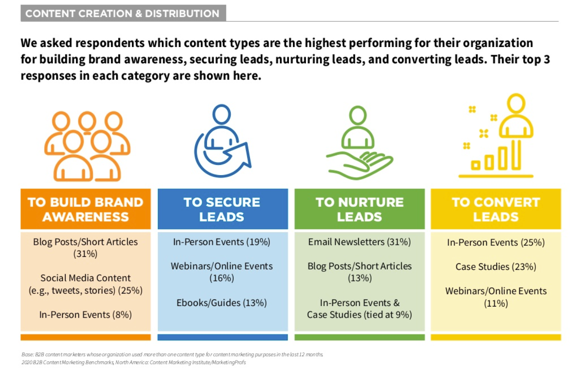
To create an emotional connection with the audience and boost overall engagement, agencies should conduct usability testing to understand their target audience’s cultural considerations better. The online experience must be culturally suitable, regardless of the language.
- A cost-effective way to generate quality leads
Along with using traditional marketing and advertising strategies to acquire a large number of leads, you can also spend money on localizing content for diverse audiences.
This is a cost-effective technique to broaden and reach a larger audience for the same product.
- Easy collection of CX data
When your material is bilingual, it is easier to perform a background check. You can forecast the user’s preferences depending on their location or the language they speak—this aids in the personalization of the offerings you can provide for them.
This is a hidden benefit of multilingual content: it allows you to interact with a wide range of leads and possible long-term clients and users without going through additional steps to obtain the same information.
- Offer users a personalized experience
The future of marketing is giving your users a multilingual and personalized experience with your content. Sure, everyone knows that providing a tailored experience is one of the most effective ways to keep your leads engaged.
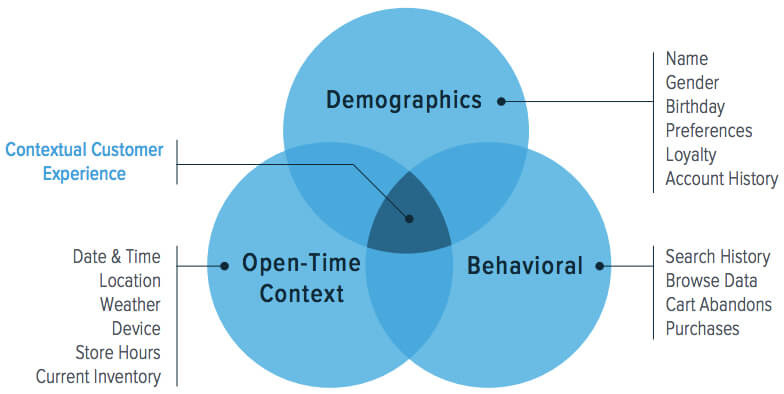
When you add translation with the same personalized content, you have a fantastic opportunity to be recognized and develop a competitive advantage over your competitors. While it takes some effort to construct a domain that also demands more bandwidth, the effort is well worth it if you want to stay in the game for the long term.
The Final Word
Even the most basic websites now incorporate AI technology in this modern age. A basic element of multilingual alternatives for your content is a necessary feature to reach a broader range of audiences and for tapping into greater opportunities where the technology evaluates consumer behavior and patterns to present hyper-personalized options to its users.
Making your website accessible to people who speak multiple languages is a feature that is well worth investing in. Focus on adding translation that is localized translation, which allows you to translate the same information while keeping the cultural context in mind to help your website reach its full potential.

Key Takeaways
- Multilingual content helps in increasing the leads that come your way, which in turn increases the potential for increased sales.
- Localization and translation go hand in hand to produce culturally relevant content depending on the language the content is being translated to.
- It’s essential to proofread your data multiple times to ensure it is the added translation is appropriate.
- Multilingual features provide you an edge over other competitors by improving SEO organically.
- Adding translation that is localized increases engagement and enhances customers’ overall experience while engaging with your content in different languages.
FAQs
Making your data and information available to users who speak many languages is an important aspect to consider. To assist your data in achieving its full potential, focus on localized translation, which allows you to translate the same information while keeping the cultural context in mind.
Digital marketing translations provide customized translations to promote engagement and improve customers’ overall experience when visiting a website in a different language.
When you make your material multilingual, you open yourself to a whole new world of untapped prospective leads. This improves your chances of finding qualified leads that require your services or products. People from all around the world place orders and browse for products and services. The best method to bridge the gap between all of your potential long-term clients is to provide information in a language they can understand.
Digital localization refers to a multilingual website that can deliver a holistic experience to visitors, including content, navigation, and all functionalities and features in many languages. Agencies should conduct usability testing to understand their target audience’s cultural considerations better, as the online experience must be culturally suitable regardless of the language.
A website should offer visitors a complete experience, including content and other features, even in other languages. When simply translated, all wordplay or words become robotic-toned phrases with a greater possibility of losing their meaning, so it is essential to get your website localized and not just translated.
Latest Blogs
Explore how Google’s 2025 AI search updates triggered ranking chaos. Learn actionable strategies to adapt your SEO for AI Overviews, zero-click searches, and SERP volatility. Stay ahead now.
Learn how to rank on AI search engines like ChatGPT, Perplexity, and Gemini by optimizing your content for authority, structure, and relevance. Stay ahead in AI-driven search with this strategic guide.
Explore the best healthcare SEO services for your medical practice. Improve online visibility and effectively reach more patients in need of your services.
Get your hands on the latest news!
Similar Posts

Artificial Intelligence
6 mins read
The Role of AI in Digital Marketing: AI Article Generators Transforming Content Creation

Artificial Intelligence
4 mins read
How AI Content Creator Is Shaping the Future of Digital Content

Digital Marketing
3 mins read